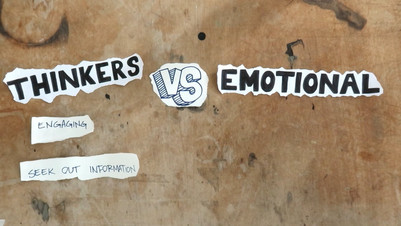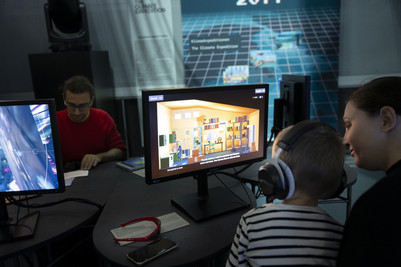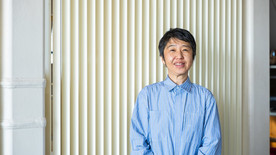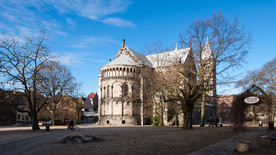
About Cluster for Architecture and Health
“Assuming general agreement that architecture is indispensable to the continuation of human life, and assuming further that humans are part of the environment they inhale, ingest and inhabit, we seek to (re)connect architecture with care by opening up new fields of analysis and new practices that overcome the disabling binary impasse which separated nature from culture, science from art, independence from dependence, body from place.”
Peter Hinsby Leal. PhD student.
The built environment is a determinant of health. In other words, our buildings, cities and landscapes are decisive factors in determining human health. While healthcare can be said to focus on the health of the individual, and is typically associated with hospitals, public health on the other hand, addresses the health of populations and is associated with the structure of society as a whole. Ugandan public health leader Francis Omaswa famously summed up the relationship with the poignant statement that “Health is made at home. Hospitals are for repairs”. During the Covid-19 pandemic we have become painfully aware that the control of diseases is a public health concern. It plays out outside the hospitals and emergency wards, in our cities, in our public spaces, where we work and even in our homes.
The cluster for Architecture and Health in the Royal Danish Academy, is a platform for exploring how health can be conceptualized as a ‘design problem’ in the context of a new public health paradigm. The cluster builds on existing research, artistic research and PhD projects, and capitalize on cross-disciplinary networks established by the participants.
Designing our physical surroundings, so that they facilitate healthy behaviors, can reduce the burden of chronic diseases such as Cardiovascular disease and Diabetes. But the design of buildings, cities and landscapes can also impact the spread of major infectious diseases like Malaria and Dengue fever. Nearly half of the world’s population live in areas at risk of Malaria transmission, while the emerging infectious disease Dengue fever is closely associated with urban environments, especially in developing countries. Furthermore, as we have witnessed during the Covid-19 pandemic, the built environment also plays an important role in our strategies to contain the spread of viral diseases. This knowledge is not new. But the pressing circumstances have brought renewed attention to the potential of the built environment – as a means to promote human health and as a means to control the transmission of diseases in society.
With more than half of the world’s population now living in cities, and with massive urbanization projected for many developing – and developed - countries in the coming decades, the question of health is becoming increasingly linked, not only to the built environment, but also to the health of the planet, as it is progressively impacted by man’s expanding habitat.
Within public health, as it is practiced and theorized today, a new paradigm is consequently becoming dominant. Often the term “ecological health” is being used to describe the contemporary approach, which sees human health as closely linked to the total environment, thereby recognizing both the natural and the built environment as inseparable from the question of health. This development reflects a broader paradigm shift towards sustainable development.
The United Nations 2030 agenda sets a path for sustainable development, and defines 17 distinct Sustainable Development Goals, for the global community to work towards. Only one of these goals address health directly, but many – if not all – of them are linked to human health in the ecological thinking. And even though the connections do not always manifest in discernable cause and effect relations, the realization is emerging, that the built environment can be conceptualized as an enabler of human health and sustainable development. This opens up a vast potential for architecture to contribute to the health and well-being of the global population, and thereby to sustainable development.















